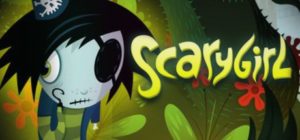It’s hard to believe that it’s Week 10 of an 11-week term! I’m sure my online students are as breathless as I am. Just as I had expected, there was no way we could fit everything into this term, and so as I wrote to my students with the final sandbox assignment of the term last night, I had to erase the sentence, “This assignment has two parts.” I had so wanted to ask my students to create digital editions of restaurant menus for this last week. Shawna Ross at Texas A & M had given a wonderful workshop on how to create “minimal computing” digital editions, and I was intending to assign this to my students. But I realized that it was too much mental load to expect students could research and curate menus in our area, then scan and OCR them, and then post them in Omeka.
So instead, I stuck with the original New York Public Library “What’s on the Menu?” crowdsourced proofing/reviewing project. While they won’t experience a “whole game” experience of creating digital editions and posting them in their archives as I had intended, they will experience the “whole game” of participating in the development of a world-class digital archive.
Last week, students from Central Oregon Community College, under the care of Professor Annemarie Hamlin, collaborated with my students on a digital maps project. We had intended for that project to be hosted by the DH@theCC Commons, but we had trouble with the invitations in Buddy Press, so we relied on Google Docs and I have to say it didn’t work badly at all!
Here are the assignment sheets:
Week 9: Cross-Institutional Collaboration
Collaboration with Central Oregon CC Students
Week 10: “What’s on the Menu?” Crowdsourced Review Assignment


